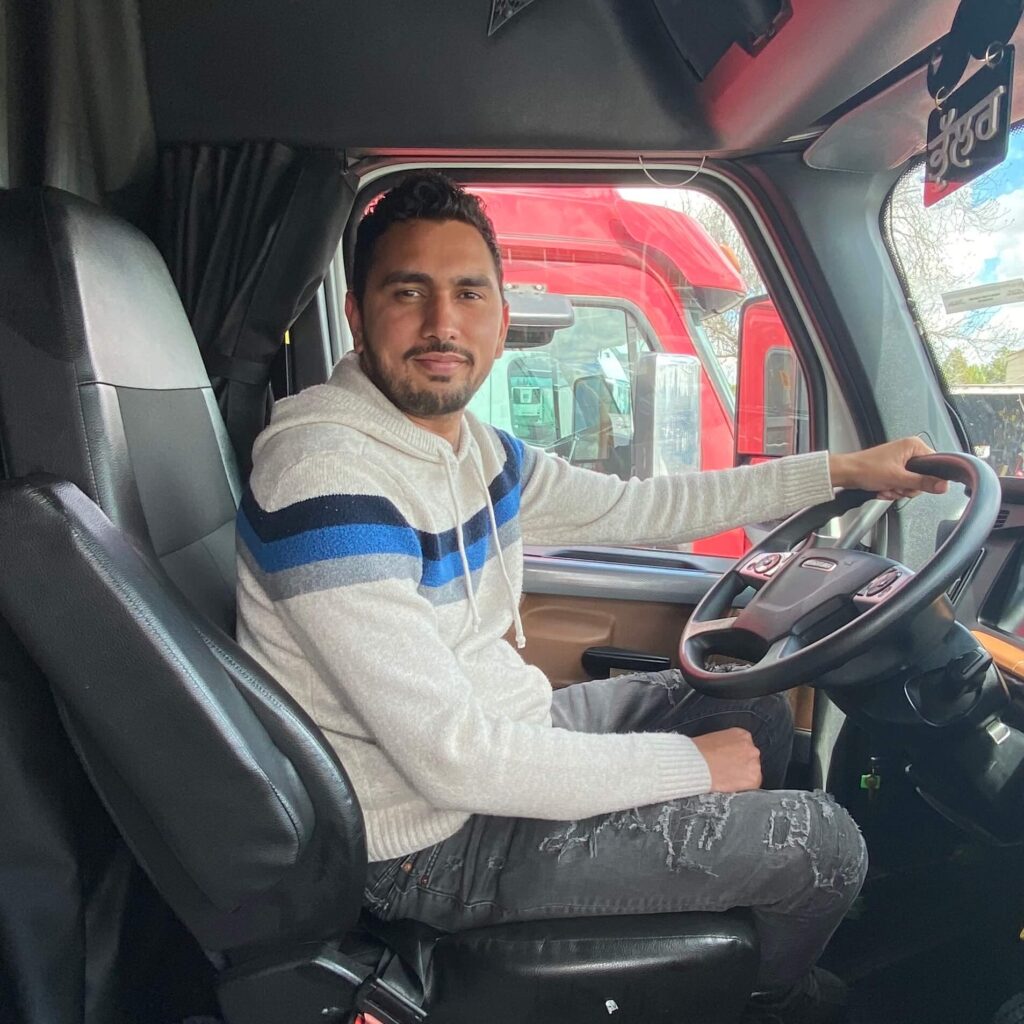The Evolution of Trucking
Shopping Cart
No products in the cart.


The Evolution of Trucking: From Horse-Drawn Wagons to Modern Freight Haulers
The world of trucking, with its sprawling fleets of powerful freight haulers and intricate logistics networks, has evolved into a marvel of modern industry. Yet, its humble origins, steeped in the simplicity of horse-drawn wagons, remain a testament to human innovation and determination.
The Humble Beginnings: Horse-Drawn Wagons and Early Delivery Services
Our journey through the annals of trucking history begins not with the roar of diesel engines but with the rhythmic clatter of hooves on cobblestone streets. In the late 19th century, horse-drawn wagons became the stalwart workhorses of urban freight delivery. These wooden carriages, adorned with large wheels and often painted in the livery of their respective companies, meandered through city streets, transporting goods of all kinds.
These early wagons, driven by teamsters, heralded the dawn of commercial trucking. Their role was vital in connecting urban centers and facilitating trade. However, they were limited by the speed and strength of the horses that powered them, making for a far cry from today’s sophisticated machines.
The Emergence of Motor Trucks: A Revolution in Transportation
The late 19th and early 20th centuries marked the dawning of a new era. It was the era of the internal combustion engine. The advent of the motor truck, with its gas-powered engine, marked a transformative shift in the world of freight transportation.
The true catalyst for this transformation was the rugged and innovative Model-T Ford, which became the first mass-produced automobile in 1908. Quickly adapted for commercial use, the Model-T was the progenitor of modern trucks. It had a profound impact on the efficiency of transporting goods, turning weeks-long wagon journeys into days-long truck trips.
The Great War and Trucking’s Crucial Role
During World War I, the versatility of motor trucks came to the forefront. They played an indispensable role in supplying troops on the front lines, and their durability and efficiency made them a favorite among logistics planners. After the war, surplus military trucks were often repurposed for civilian use, further popularizing this mode of transportation.
Regulation and Standardization: Paving the Way for Modern Trucking
The mid-20th century brought significant changes to the trucking industry. Regulatory frameworks were established to ensure safety and fair competition. The Interstate Highway System, initiated in the 1950s, connected the nation’s major cities and provided truckers with faster, more efficient routes.
The trucking industry also saw standardization in the form of containerization. Intermodal shipping containers, introduced in the 1950s, revolutionized cargo handling. These standardized containers could be easily transferred from trucks to ships to trains, streamlining global trade.
Modern Trucking: A High-Tech Revolution
Today’s trucking industry is a far cry from its humble origins. Advanced technology, such as GPS navigation, electronic logging devices (ELDs), and real-time tracking systems, has transformed the efficiency, safety, and accountability of trucking operations.
Truck designs have evolved to be more aerodynamic and fuel-efficient. Some are equipped with autonomous features, while others are transitioning to electric or hybrid power sources, aligning with the growing focus on sustainability and eco-friendly transportation.
The journey from horse-drawn wagons to modern freight haulers is a testament to human ingenuity and innovation. Trucking has not merely evolved; it has revolutionized the way we connect, trade, and build our world. It reminds us that even the grandest of accomplishments can begin with the most humble of origins, driven by a charming combination of vision, determination, and the relentless pursuit of progress.
